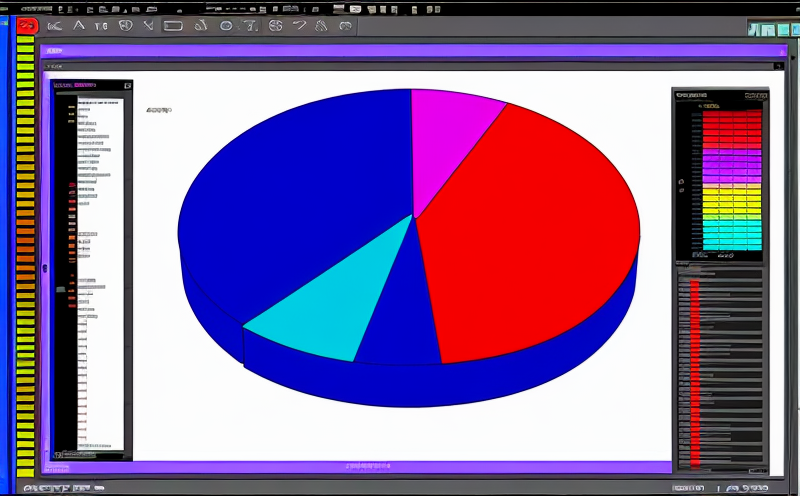DIN 51005 Thermal Conductivity Testing of Solids
The DIN 51005 standard provides a method for determining the thermal conductivity of solids. This technique is crucial in various industries including electronics, construction materials, and composite materials where understanding the heat transfer properties of materials is essential.
Thermal conductivity (λ) measures how effectively a material transfers heat through it. For DIN 51005, the measurement process involves placing a specimen between two plates with controlled temperature differences. One plate is kept at a higher temperature while the other is maintained at a lower temperature. The rate of heat flow through the specimen is measured and used to calculate its thermal conductivity.
The specimen preparation for DIN 51005 requires precision and care. It involves cutting the sample into uniform rectangular prisms, ensuring flat surfaces that are perpendicular to the edges. The dimensions should be such that they allow for a reasonable heat transfer area while avoiding excessive thinness which could lead to edge effects.
The equipment used in this test typically includes a furnace or similar device capable of maintaining precise temperature settings and a means of measuring thermal flux, such as a thermopile or infrared sensor. The choice of instrumentation depends on the size and shape of the specimen being tested.
DIN 51005 specifies acceptance criteria based on repeatability and reproducibility limits to ensure consistent results across different laboratories and test runs. These limits are defined in the standard itself, ensuring that only results within these parameters are considered valid for quality control purposes.
The process can be lengthy depending on the size of the specimen and the required precision level. For large specimens or those with complex geometries, multiple measurements may need to be taken at various points along the sample length. This ensures an accurate representation of the thermal conductivity across its entirety.
Understanding the results from DIN 51005 testing is vital for several reasons. In the electronics sector, it helps in designing efficient cooling solutions by selecting materials that can dissipate heat effectively without causing overheating issues. For construction applications, this knowledge aids in creating better insulation systems and energy-efficient building envelopes.
In R&D environments, DIN 51005 plays a key role in developing new composite materials with optimized thermal performance characteristics. By knowing the exact thermal conductivity values before finalizing product designs, researchers can make informed decisions about component selection and integration into larger assemblies.
The impact of accurate thermal conductivity measurements goes beyond just internal development processes; it also influences customer satisfaction significantly. Knowing that products meet or exceed industry standards regarding heat management reassures end-users about the reliability and performance of these items over time.
Industry Applications
- Electronics: Ensuring efficient cooling systems are designed using materials with optimal thermal conductivity properties.
- Construction Materials: Developing better insulation solutions that enhance energy efficiency in buildings.
- Composite Materials: Optimizing the performance of new composite structures by selecting appropriate base materials based on their thermal behavior.
The results from DIN 51005 testing are particularly valuable for quality managers and compliance officers who need to ensure that all products comply with relevant regulations. Additionally, R&D engineers rely heavily on these tests when experimenting with novel material combinations or refining existing ones.





